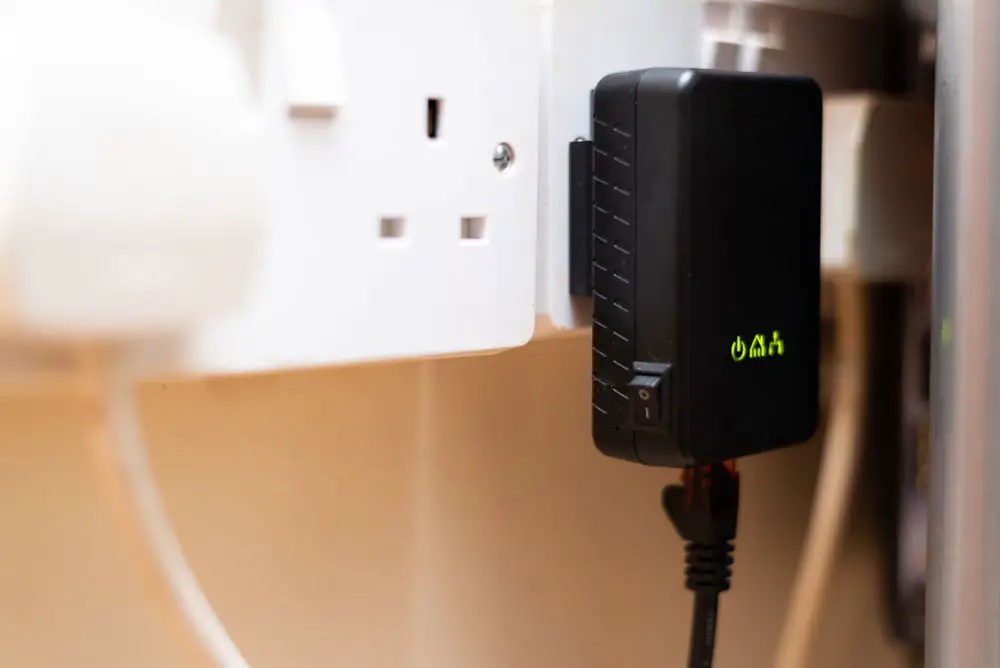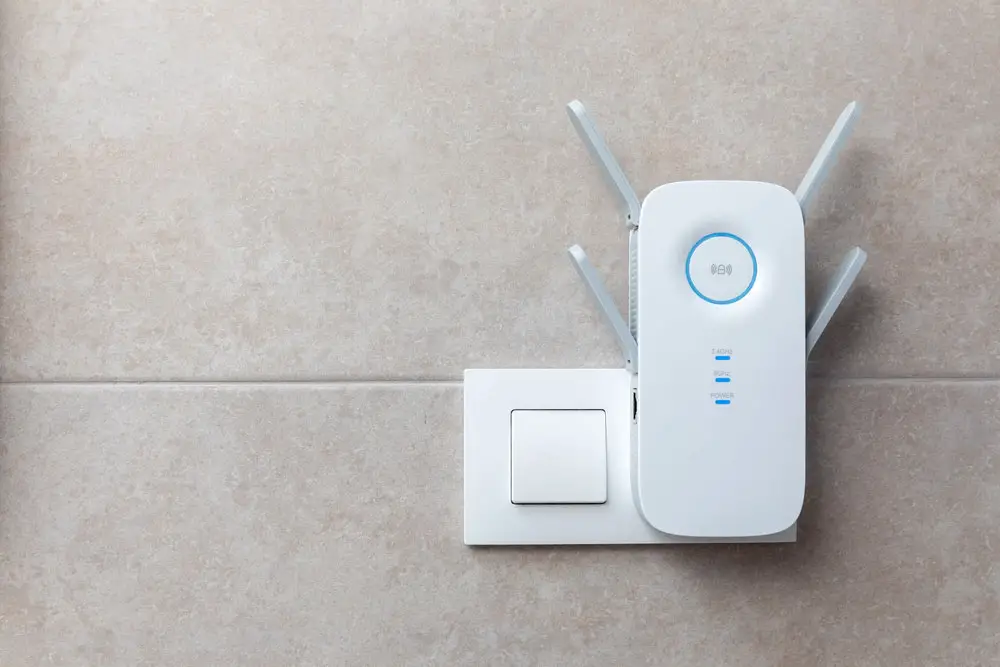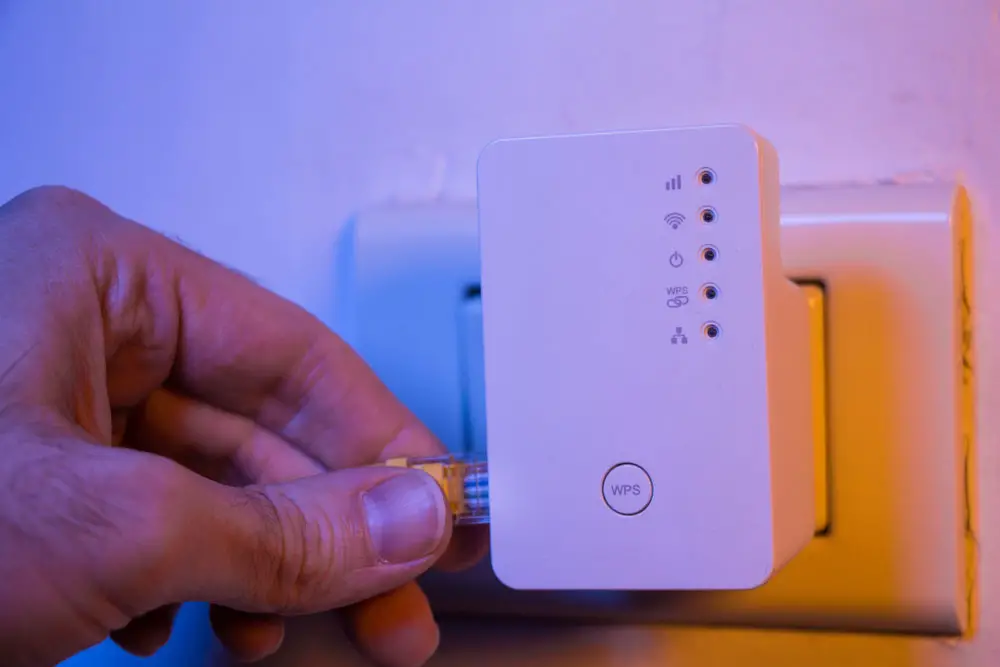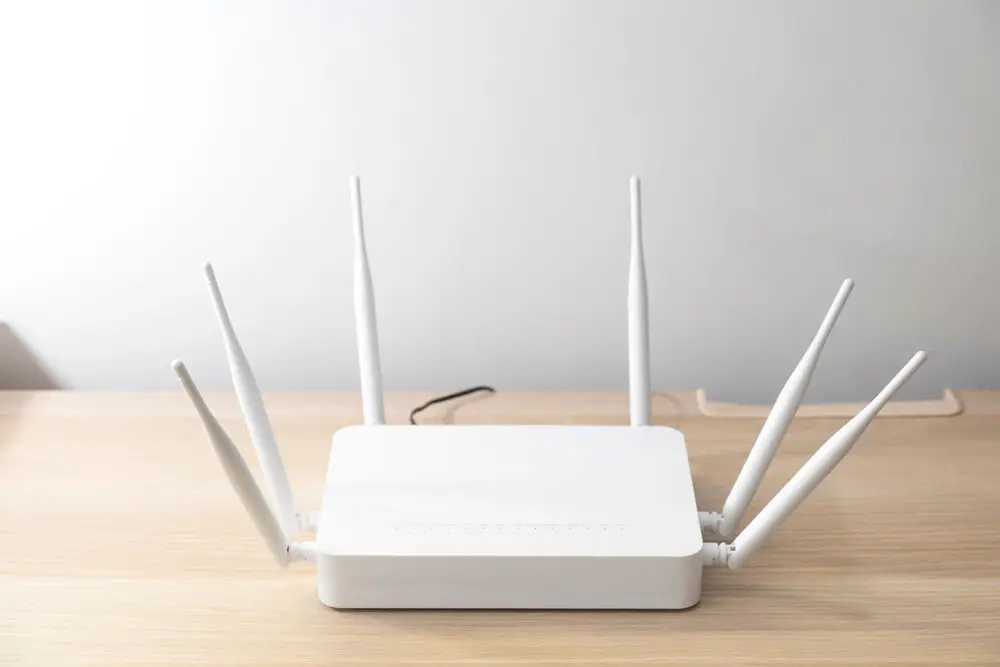Discovering the best extender for Starlink router can be daunting, especially when aiming for optimal internet connectivity.
In today’s digitally-driven world, a reliable internet connection is crucial.
However, obstacles such as compatibility and signal strength may hinder your experience.
Our comprehensive guide will help you learn about various extender options, features, and compatibility with Starlink routers.
By the end, you’ll gain valuable insights to decide when to select the ideal extender for your needs.
Table of Contents
Utilizing Starlink Effectively
Starlink aspires to provide internet access like its satellite internet counterparts, particularly for rural inhabitants or regions lacking high-speed connectivity.
SpaceX’s Starlink equipment includes a satellite dish and a router, which you’ll establish at home to receive signals from outer space.
To connect, install a compact satellite dish in your residence to capture the signal and transmit it to your network.
The company proposes various mounting solutions for rooftops, yards, and exteriors of homes.
A basic router accompanies Starlink, although you may acquire a separate unit for extensive Wi-Fi coverage or additional flexibility.
Since Starlink routers might not offer the range and features many users expect, you can use your own instead.
That’s when a Wi-Fi extender becomes handy. But how do you select the right one?
First, ensure Starlink service is available in your location. Starlink operates in select areas in the U.S., Canada, and globally.
With over 100,000 satellite terminals sold and more satellites joining the constellation, coverage will expand.

Powerline network adaptor
Three Main Extender Types:
- Router/Extender Combo: This device connects to your modem, captures the initial Wi-Fi signal via a satellite, and strengthens it. Connecting is simple and swift, as all devices share the same network name (SSID).
- Extenders with external antennas: Some extenders feature external antennas that link to wireless devices, transmitting and receiving Wi-Fi signals.
- Powerline Adapters: These kits enable Wi-Fi range extension through powerline adapters. You can utilize your home or office electricity to disseminate internet signals.

Wi-Fi Extender in Power Outlet
7 Top Wi-Fi Extenders for Starlink
1- TP-Link RE550
Pros:
- Ample Wi-Fi reach
- Impressive velocity
- MU-MIMO supported
- Effortless setup
Cons:
- No major drawbacks
The TP-Link RE550 extender improves Starlink coverage in a 3,700-square-foot home by adding five solid bars to device connections.
Its three antennas easily covered 2,600 sq ft for smooth live TV streaming.
It also comes with a 3×3 MU-MIMO access point mode that improves transmission for 30 devices.
The RE550’s 1900 Mbps maximum matches Starlink’s 500 Mbps business plan. However, Wi-Fi 5 guarantees consistency, not speed.
Gigabit Ethernet ports offer 194 Mbps downloads and 20 Mbps uploads without lag.
2- Linksys RE7000
Pros:
- Satisfactory Wi-Fi reach
- High speeds
- MU-MIMO support
- Simple installation
Cons:
- Uninterrupted roaming limited to Linksys Max-Stream routers
The RE7000 excels at extending Wi-Fi to external structures when routers struggle. This early MU-MIMO device eliminates dead zones with strong performance.
It outperforms the RE6300 in speed, coverage, and connectivity.
It exceeded expectations in a 2,500 sq ft test lab, connecting to outdoor cameras 1,900 sq ft from the router.

Man inserts an ethernet cable into a Wi-Fi extender.
3- ASUS RP-AX58
Pros:
- Wi-Fi 6 compatibility
- AiMesh support
- Sleek design
- Superior throughput
- Impressive coverage
Cons:
- Pricey due to Wi-Fi 6
ASUS’s RP-AX56 enhances AiMesh, re-broadcasting existing signals and connecting devices centrally, reducing speed loss.
It outshines prior recommendations with Wi-Fi 6 and increased device capacity, boasting 39.13% faster speeds.
Its dual-antenna design endured a week-long stress test, covering 2,000 sq ft alongside a router.
4- TP-Link RE715X
Pros:
- Wi-Fi 6 compatibility
- OneMesh support
- High throughput capacity
- Fair wireless coverage
- User-friendly
Cons:
- Bulky design
- No wired backhaul
Ideal for extending gaming studio coverage, the Wi-Fi 6-enabled TP-Link RE715X intelligently connects devices via OneMesh.
Its coverage spans approximately 1,300 sq ft, insufficient for any backyard with a TP-Link Archer AX90.
However, the covered area had reliable signals, and OneMesh plus MU-MIMO supported multiple devices efficiently.

A Wi-Fi signal repeater
5- Netgear EX6250
Pros:
- Robust coverage
- Effortless setup
- High-speed performance
- Multiple device handling
Cons:
- Occasional network drops
Netgear EX6250’s Smart Mesh Roaming amplifies mesh Wi-Fi, automatically connecting devices to optimal bandwidth.
Wi-Fi 5, good speed, and smart roaming suit homeowners and businesses.
It connects up to 25 devices with Smart Connect, selecting bandwidth to maximize speed and minimize interference.
6- Tenda A33
Pros:
- Wi-Fi 6 support
- Budget-conscious
- Adequate coverage
- Simple setup
- MU-MIMO streaming assistance
Cons:
- Sporadic lags and network inconsistencies
Tenda A33, an affordable Starlink signal extender, is perfect for outdoor smart TVs.
It performs admirably with dual-band Wi-Fi 6, respectable throughput, and an Ethernet port for around $70.
Tenda A33 is user-friendly and router-compatible. It can stream movies or play casual games on 20 devices.
7- Netgear EX5000
Pros:
- 20-device connectivity
- Good throughput
- Simple installation and use
- Compact design
Cons:
- MU-MIMO absent
The cost-effective, reliable Netgear EX5000 features Wi-Fi 5, decent throughput, and coverage for various online tasks.
With a Starlink plan and a robust router, it covers 1,300 sq ft and connects 20 devices without beamforming or MU-MIMO.
The Netgear Wi-Fi Analyzer app allows monitoring and managing network devices.
Wi-Fi 5 dual-band router offers an aggregated speed of 1200 Mbps, making it suitable for Starlink RV plan users.
FAQs
How can I strengthen my Starlink connection?
Heed these pointers for a swifter connection. Use the Starlink app’s Range function to gauge the Wi-Fi signal potency in your home.
If required, integrate a mesh system. Deactivate the devices post-use, as gadgets like TVs and laptops consume bandwidth in the background.
Does the Starlink router support a WWi-Fiextender?
If necessary, utilize a mesh WWi-Firouter. Alternatively, consider an extender if a router is already linked to Starlink.
When will Starlink service become available in my area?
Visit www.starlink.com for information. Input your service address, and click “Order Now” to proceed.
The subsequent page reveals service availability, e.g., “Starlink aims to extend service to your region between late 2022 and early 2023.” Shipping updates follow.
Will a range extender work with any wireless router?
WWi-Fiextenders, employing wired and wireless tech, bolster weak home network coverage areas.
Typically, compatibility with existing routers negates purchasing anew. Strategic placement enhances network reach, even outdoors.
Is there compatibility between Starlink and a mesh router?
Bear in mind certain nuances. Mesh isn’t officially supported, but connecting the principal mesh gadget to the “Aux” Ethernet port on your Starlink router works seamlessly.

A mesh router
Summary
This guide offers insights on the best extender for Starlink Router to amplify internet connectivity.
We discussed extender importance, three main types, and our top seven recommendations.
Assessing your specific needs can help you choose the ideal extender for a strong, reliable connection in your home or workspace.
